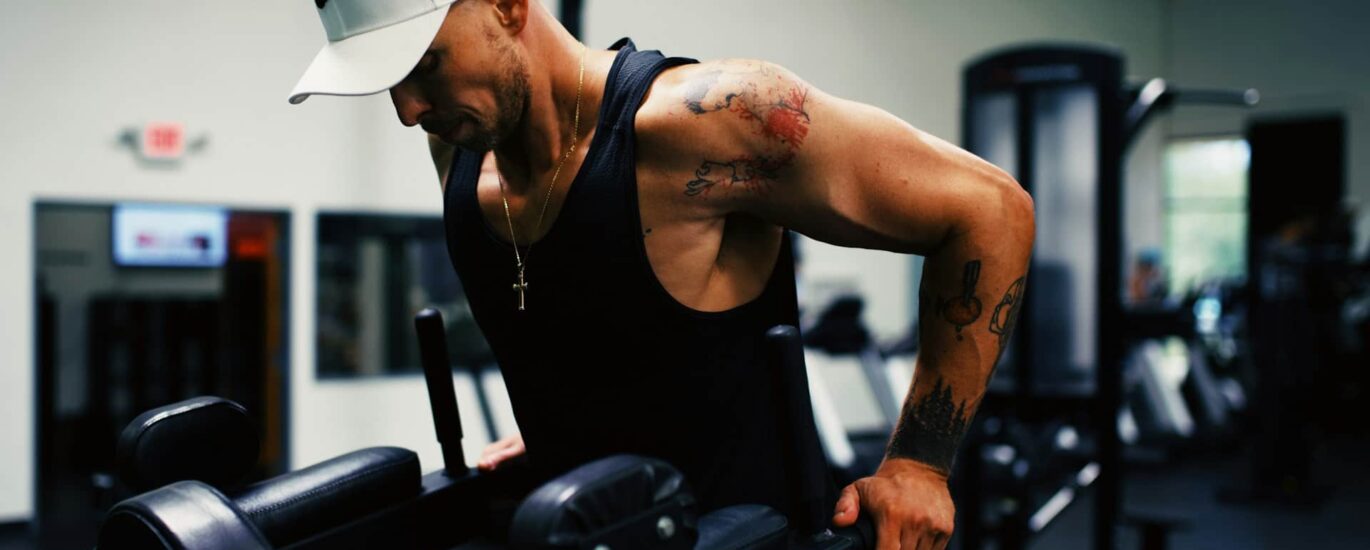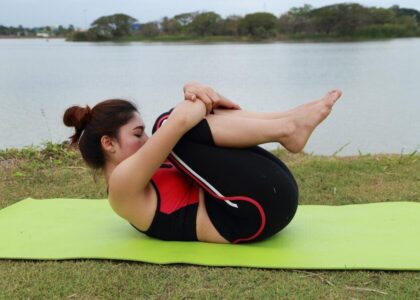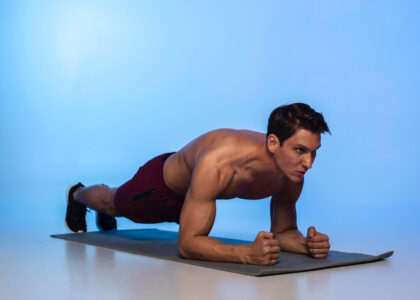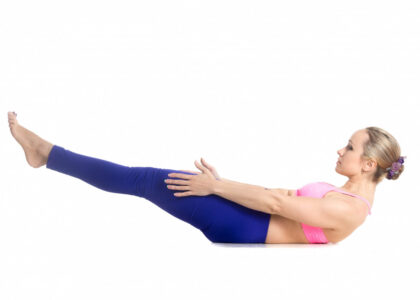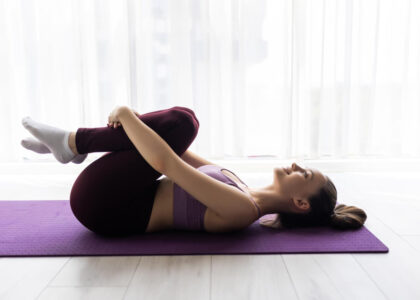Deadlift | Cardio | Triceps | Chest | Rhomboid | Glutes
Dips muscles worked include your triceps (back of the upper arms), chest, and shoulders as the main targets. But dips also engage smaller supporting muscles throughout your body to keep you balanced and stable.
In this blog post, we’ll break down exactly which muscles are targeted so you understand all the benefits. We’ll also cover the right way to do dips with proper form and technique. Getting your form perfected is key for working the intended muscles effectively and avoiding injury.
Mastering the dip exercise can really level up your strength training routine. Whether you’re a fitness pro or just getting started, learning to do dips correctly will help build strength, muscular endurance, and get you closer to your fitness goals. The dip is an impressive full-body workout!
Different Types Of Dips And How To Perform Each ?
The regular dip mostly works your triceps, chest, and shoulders. But there are different types of dip that focus on other muscle groups too. Trying these dip variations can give your whole body a better workout.
Bench Dips
One popular type is bench dips. You put your hands on a bench behind you and straighten your arms to lift up. Bench dips really isolate and work the triceps hard. To do them, keep your body in a straight line and bend at the elbows, lowering until your upper arms are parallel to the ground.
Straight-Leg Dips
For a challenge for your abs and legs, try straight-leg dips. It’s like a regular dip but your legs are straight out in front instead of bent. This gets your core and quad muscles working along with the usual arm and chest muscles.
Wide Dips
With a wider hand position, wide dips shift more work to your chest muscles. Position your hands further apart on the bars or benches for this variation.
Dips Between Benches
The hardest type is dips between parallel benches or platforms with straight legs. Having your legs straight increases the range of motion and works your shoulders, core, and legs even more.
No matter which dip you do, good form is important. Keep your body straight by tightening your core. Bend at the elbows, don’t lean forward. Go down slowly until your upper arms are parallel, then push back up.
You can make dips harder by wearing a weight vest or using a dip belt. This allows you to continually increase the weight over time for building more strength.
Let’s Discuss About What Dips Muscles Worked ?
When it comes to dips muscles worked, this compound exercise really hits a list of muscle groups. The primary movers during dips are the triceps brachii on the back of the upper arms, the pectoralis major in the chest, and the anterior deltoids in the front shoulders.
The triceps are the prime dips muscles worked, heavily contracting on each dip to extend the elbows and push your body back up. Strong triceps are key for exercises like bench presses and overhead motions.
Meanwhile, chest acts as a powerful helper during dips. The sternocostal head of the pectoralis major works concentrically to protract and depress the shoulders as you lower into the dipped position.
The anterior deltoids also play a major role, abducting and raising the arm out to the side to support the working weight during dips. Built-up front delts help create a more complete shoulder physique.
In addition to these prime movers, dips require the engagement of numerous other synergistic and stabilizing dips muscles worked to maintain proper form. This includes the traps, rhomboids, and rear deltoids in the upper back and shoulders for stability and depression.
The core musculature like the rectus abdominis, obliques, erector spinae, and even the hip flexors must all fire to keep the body in proper alignment throughout the dip motion. So while dips may look like an arm exercise, don’t be surprised to feel them light up muscle groups all over.
Why You Must Add Dips In Your Daily Routine ?
Dips are an exercise you absolutely need to be doing every day. This one move provides so many amazing benefits that will level up your fitness in multiple ways.
The biggest reason dips are awesome is they work several major muscle groups at the same time – your triceps, chest, and shoulders. Exercises that hit multiple muscles build strength and muscle more efficiently. Dips also engage your core and smaller stabilizing muscles all over your body. Working your whole body like this revs up your metabolism for more calorie burn.
A cool thing about dips is you can slightly change the move to emphasize different muscles more. Simple adjustments to hand position, foot position, or body angles shift where you feel it most. This variety prevents plateaus and imbalances.
Another perk of dips is how easy they are to do anywhere. You don’t need much equipment – just something sturdy to lean on like a bench, parallel bars, or chairs. This makes dips super convenient for home, park, or gym workouts.
But dips aren’t just for building muscle. They also make you stronger and better at real-life movements. The pushing motion strengthens muscles used to open doors, lift objects, and get up from chairs with ease. Dips even improve shoulder joint strength and stability to avoid injuries.
No matter your fitness level, dips should be a staple exercise. They’ll build muscle and strength while firing up your metabolism. Plus, dips enhance functional, everyday strength while protecting your shoulders. It’s hard to beat an exercise that provides so many full-body upsides!
Conclusion
In the end, dips are an exercise you really need to be doing. The “dips muscles worked” includes your triceps, chest, shoulders, and stabilizing muscles all over. Dips build full-body strength and muscle. You can switch up your hand and foot positions to emphasize different muscles and keep challenging your body. Dips are also super convenient since you only need something sturdy to lean on. Whether you want more muscle, a faster metabolism, better real-world strength, or healthier shoulders, dips have it all covered. Add this powerful, versatile exercise to unlock your complete fitness potential.
